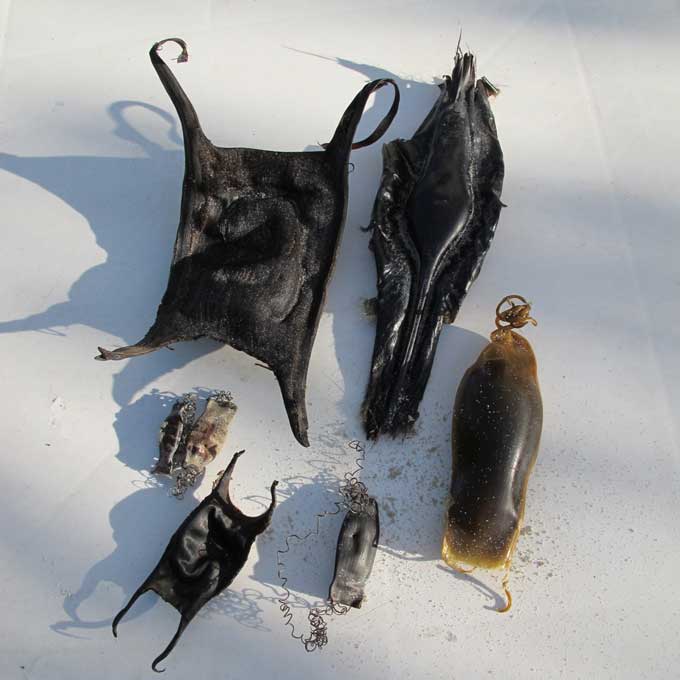Whale Watching in Hermanus
Hermanus is regarded as the whale watching capital of South Africa. By Land - By Boat - By Air
Hermanus is regarded as the whale watching capital of South Africa. By Land - By Boat - By Air
The Old Harbour Open-Air Museum is a provincial heritage site. It is unique in that apparently it is one of only two fishing harbours in the world that has been conserved in tact.
meanders for almost 11 kilometres along the coast from the New Harbour in the west to the estuary at the mouth of the Klein River in the east.
CITIZEN SCIENCE IN ACTION
Citizen science is the name given to an approach to research which has benefits for both researcher and citizen. One of the values is to provide an understanding of the basic paradigms of scientific method to large numbers of people. In a nutshell, this involves doing what all scientists do: collecting data in a disciplined way in accordance with a well-thought through protocol. - Les Underhill. It is an educative tool which increases participant’s scientific knowledge –Sheraine van Wyk.
Shark Egg Case Project
Citizens, school groups, intern groups and Working for the Coast employees contribute to scientific knowledge about sharks by collecting, identifying and tallying shark egg cases collected on Whale Coast beaches. The information so collected may help us to conserve sharks more effectively in the future.

Project description
Sharks have a fearsome reputation. Yet they are among the most threatened species on the planet. And there are very few of them that pose any threat to people.
By monitoring and understanding the local species and what they need in order to thrive we can contribute meaningfully to protecting our natural heritage in the Overstrand.
Beside Great Whites, there are a variety of other very interesting sharks along the Cape Whale Coast. Many are very friendly and easy to handle and the Whale Coast Conservation project focusses on these. There is a group of sharks (approximately 25% of all sharks) that reproduce by shedding eggs. These eggs have different shapes, sizes and colours just like one finds amongst different bird species. Many of the shark eggs have tendrils or hooks with which they attach to sea plants, rocks or other protrusions under water. Inside the egg there is an embryonic shark attached by a feeding tube to a yolk sac. The embryo is nourished by this yolk for up to nine months while it develops. When ready, the little shark hatches from the egg.
 The empty egg cases usually wash out of the sea and end up on the beach. If these ‘mermaids’ purses’ are found at a particular beach it indicates that the adult sharks or ‘parents’ are in the water nearby. School groups and teams from “Working for the Coast” joined this project and helped to collect, identify and quantify the different eggs cases found at three local Blue Flag Beaches.
The empty egg cases usually wash out of the sea and end up on the beach. If these ‘mermaids’ purses’ are found at a particular beach it indicates that the adult sharks or ‘parents’ are in the water nearby. School groups and teams from “Working for the Coast” joined this project and helped to collect, identify and quantify the different eggs cases found at three local Blue Flag Beaches.
The project set out to answer two questions. Firstly, is there a pattern in the number of egg cases found at different times of the year which could indicate a definite breeding season? Secondly, can we map where oviparous sharks occur along our shores by monitoring what shark egg cases are found at all the beaches in the Overstrand?
Initial findings in Walker Bay are intriguing. The Bay shoreline is approximately 18km long, yet egg cases are deposited in a very small area of 500m to 1000m long. It would seem that in-shore currents pick up the empty egg cases and carry them in specific current patterns to be deposited at a particular site. We are currently attempting to link this phenomenon with local oceanographic drivers like wind direction and speed. To help with mapping where egg cases are found, Whale Coast Conservation is introducing a national Shark Egg Case Hunt during Marine Week in October. With the help of people around South Africa we hope to map where these egg cases are washing out which we hope will inform scientists and fisheries management alike.

All hands on deck for this. WE NEED ALL THE HELP THAT WE CAN GET.
Information about the project is shown on the information board in the exhibit. These boards have been erected at the three Blue Flag beaches. The orange dots show which of the egg cases are found at beaches along the Whale Coast shoreline. More information can be found on the Whale Coast Conservation website.
 Contact Whale Coast Conservation This email address is being protected from spambots. You need JavaScript enabled to view it. or Sheraine van Wyk This email address is being protected from spambots. You need JavaScript enabled to view it..
Contact Whale Coast Conservation This email address is being protected from spambots. You need JavaScript enabled to view it. or Sheraine van Wyk This email address is being protected from spambots. You need JavaScript enabled to view it..
Call us and schedule your listing today! Contact Us
in and around Hermanus
With countless Southern Right Whales gathering along the Whale coast every year to mate and to calve
One for the Bucket list
Experience the exceptional and come face to face with a great white shark! Gansbaai also known as Shark Alley…
4 x Wine Routes
Hermanus is surrounded by 4 Wine routes, the Hermanus - (Hemel-and-Aarde); Stanford -, Elim - and Botriver Wine Route
![]()
in the Cape whale Coast
Hermanus is a spectacular seaside town with winding cliff paths, sloping green mountains, and deep blue waters.
Copyright © 2025 Hermanus Online Magazine. Web Development by Jaydee media.